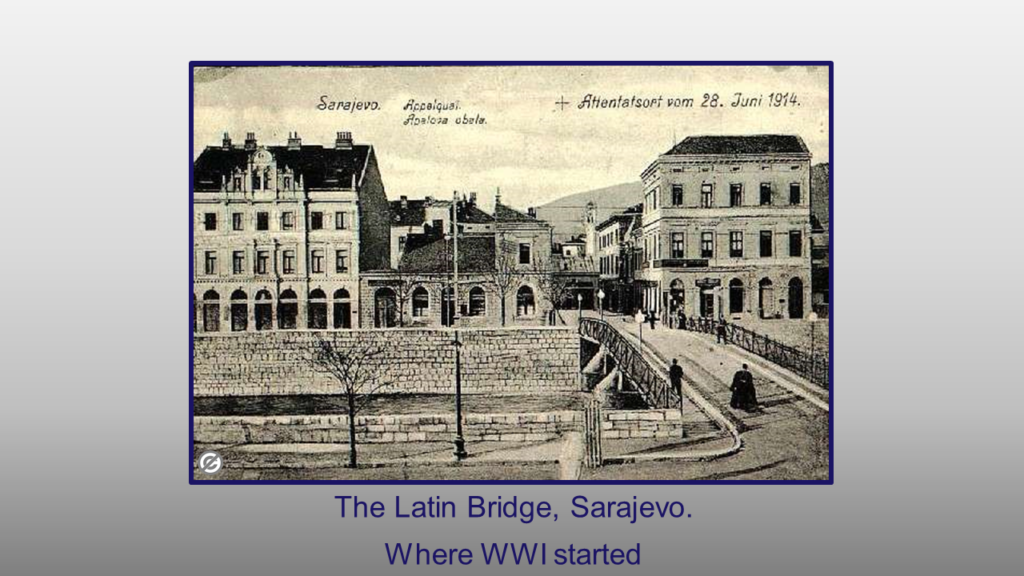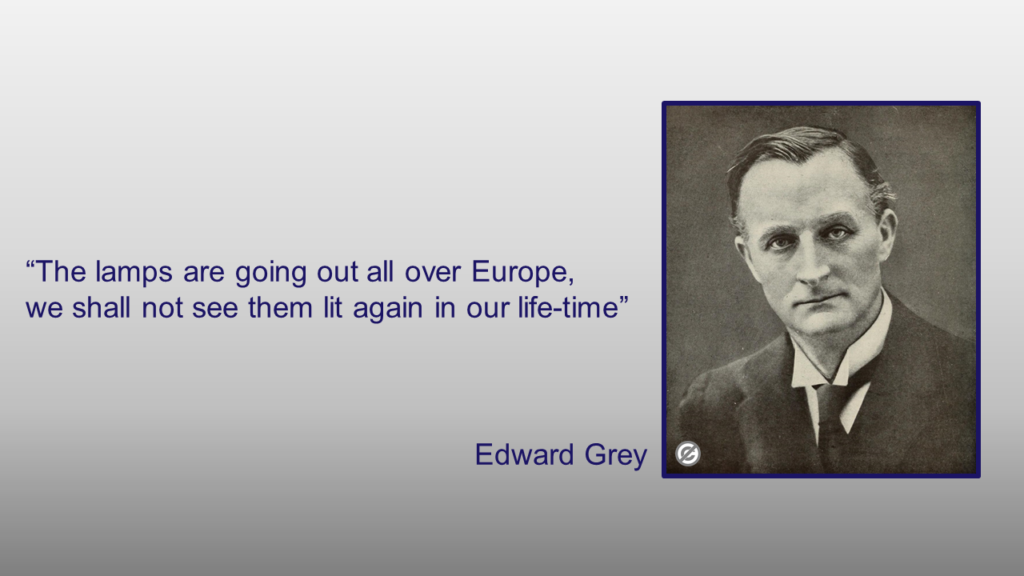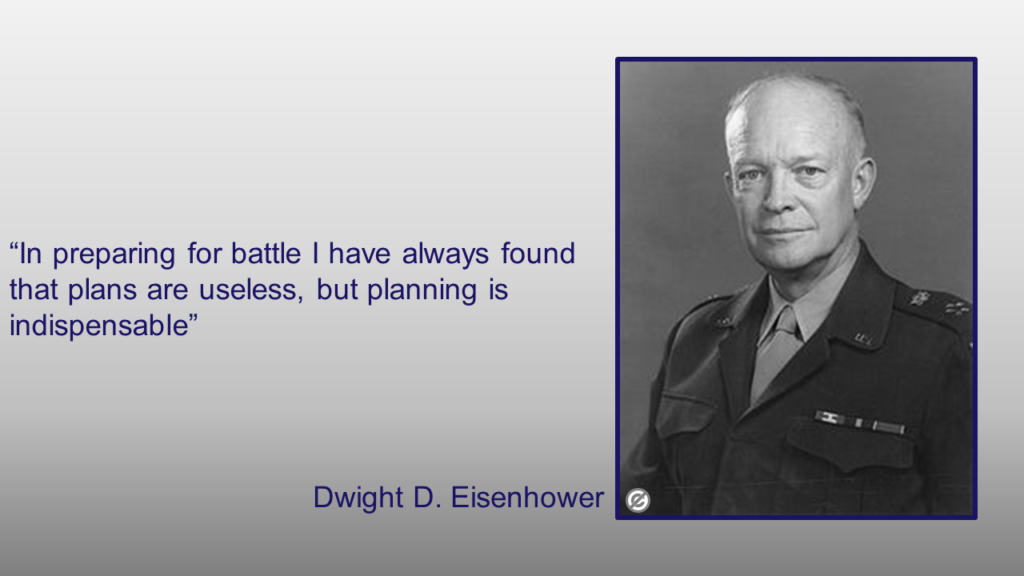Introduction
For two decades authors both fictional and non-fictional had speculated that there would soon be a major European war, but no one agreed who would be fighting who.
As the spring of 1914 moved into the idyllic summer, it seemed that the Alliances and interconnections would continue to ensure peace in Europe, and once again prove the authors wrong.
Meanwhile in the Balkans members of the Serbian Black Hand group, were plotting, a blow against the Austro – Hungarian Empire, to further their aims for a pan-Serbian nation.
It had been announced that the heir to the throne of Austro – Hungary, Archduke Franz Ferdinand, would visit Sarajevo on the 28th of June. There was a suggestion that the visit should be postponed due to a clash with the Serbian national holiday of Vidovdan (Commemorating the battle of Kosova) but this was rejected.
“The shot heard round the world” Sarajevo 28th of June 1914
On the previous two-days Franz Ferdinand inspected the annual troop maneuvers, and on the 28th he and his wife Sophia attended events in Sarajevo.
The Black Hand had dispatched several young men to Sarajevo, armed with bombs and pistols, with the aim of assassinating Franz Ferdinand. They positioned themselves along the advertised route of the royal cavalcade. Most lost their nerve, but one, Nedeljko Cabrinovic, threw a bomb at the royal couple’s car, which bounced off, injuring some of those following.
Bizarrely, to our modern mind, Franz Ferdinand got out of the car to check on the injured, and then the royal couple went on to fulfill their engagement. Later they decided to visit the injured in hospital.
On the way, due to some confusion, the driver took a wrong turn, and being informed of the error he stopped and reversed the car. By coincidence Gavrilo Princip, one of the group of assassins, happened to be standing on the corner when the car stopped in front of him, seizing the opportunity he approached the car, fired two shots, hitting both Sophia and Franz Ferdinand, before he was restrained and prevented from committing suicide. Sophia died immediately and Franz Ferdinand a little later. Ironically, Franz Ferdinand was a liberal, (not in the sense modern day Americans understand the term), who, had he lived to ascend the throne, would likely have ruled the polyglot empire in a much more inclusive manner.
The assassination set in motion a train of events that led to WWI.
However, there were still opportunities to deescalate the situation.

The Keystone Cops
Before moving on it is worth considering the events of the 28th of June from the prospect of a project.
Despite the warning to postpone the event, there was no effort made to increase security:
- There were few policemen on duty
- There was no use made of troops
- The route and schedule were published
- After the failed assassination attempt, the royal car did not speed away to safety
- The program continued, without a serious heightening of security
- The wrong turn indicated that there was no clear communication
Ari Shapiro in his 2014 NPR piece compares the whole thing to a farce.1
Had the outcome not been so tragic, for both the royal couple and the millions who were to die as a result, one could easily imagine it being performed by Mack Sennett’s Keystone Cops, who in 1914 were at the height of their popularity.
Conspiracy or Randomness
Netflix is currently screening the German-Austrian 2014 movie “Sarajevo 1914”.
Which depicts the events of the 28th of June, from a conspiracy theory perspective, where influential German and Austrian citizens are implicated in the assassination plot.
The points above being cited as proof of a conspiracy.
Especially the fact that the car stopped beside one of the assassins. But as Nassim N. Taleb, tells us, we are often “Fooled by Randomness”2, and try to assign meaning to something which is a random if very unlikely event.
There is an old saying, “that lightning does not strike twice in the same place”.
But just because you dodged a bomb, does not mean there is not a bullet with your name on it.
(We will be looking at Luck, good and bad in a later post)
Meanwhile in Vienna
Shocked by the assassination the Austrian government were already convinced that this was the work of Serbia and were determined to make them pay. There was however a problem, Russia saw itself as the protector of all Serbs and Serbia in particular, and Austria did not want to face them alone.
They sent an emissary to Berlin to clarify whether Germany would support them if a war with Russia developed. The representative arrived in Berlin on the 5th of July and was assured of Germany’s full support. However, at this point Germany believed this to be a matter between Austro – Hungary and Serbia and were so confident that there would be no escalation, that the Kaiser left on the 6th for a three-week cruise on his yacht.
The Imperial Council met on the 7th and the Hungarian Prime Minister, insisted that there could be no military action until Serbia had been given a diplomatic note and the opportunity to respond.
Meanwhile Serbia sought Russia assurances.
Over the next few days, a ten-point note was drafted, demanding the Serbs hold an investigation into the assassination and bring all those responsible to justice. The note also demanded that Austrian representatives should be a part of that inquiry. It was felt that the Serbians would not accept the terms and the path to war and retribution would be opened.
At this point there was a pause, because the French premier Poincaré was on a state visit to Russian. Austria did not want the Serbian ultimatum to arrive whilst the two heads of states were together and could easily coordinate.
The ultimatum was delivered on the 23rd of July with a 48-hour deadline.
The Serbian cabinet met and eventually felt that it had no choice but to acquiesce to the terms with only some minor conditions. War seemed to be averted.
Then, news reached Belgrade that Russia was supportive, and the Tsar had initiated the “period preparatory to war”, a pre-mobilization phase. Stiffened by the news the cabinet whilst still accepting many of the terms, introduced more onerous conditions, guaranteeing that it would not be acceptable to Austria.
Ominously, shortly after receipt of the reply the Austrian embassy staff took a train from Belgrade to Vienna.
Around Europe
For two days things were quiet, with the Kaiser and French Premier out of contact at sea.
Germany responded to the Russian actions and advised Britain and France that the Russia’s “period preparatory to war”, was viewed as threatening. They also advised Russia that they would have to mobilize if the Russia did not stand-down.
Meanwhile, on the 26th of July, British Foreign Secretary Edward Grey called for a four-power conference to mediate.
On hearing this, Austria feared it would be denied retribution and rushed to declare war on the 28th.
Austro- Hungary mobilized and attacked Serbia on the evening of the 29th.
Russia then decided to move to full mobilization effective on the 30th. (This was totally unnecessary because Austro – Hungary had committed a major portion of its army to the attack on Serbia, and could not pose a threat to Russia)
After telegrams between the royal cousins, the Kaiser and the Tsar, the Tsar agreed to cancel the full mobilization, but on the insistence of his military reversed his decision on the 30th.
Now you’ve done it.
In Paris and Berlin, the military leaders now clamored for mobilization.
Only Britain resisted the urge, and advocated caution and mediation.
It was however too late, events were rushing out of control.
Driven by their war plans the major powers mobilized
- 31st July Russia mobilizes
- 1st August Germany mobilizes and declares war on Russia
- 2nd August Germany demands free passage through neutral Belgium
- 3rd August Germany declares war on France
- 4th August Germany declares war on Belgium and invades
- 4th August Britain demands a German withdrawal from Belgium, and when the demand was not met declares war on Germany
Millions of men were now on the march.
World War One had begun and the tragedy can be summed up in the words of Edward Grey, British Foreign Secretary.

Conclusion
It is difficult to imagine two more bungled projects.
- The Sarajevo Visit Project
- The European Peace Project
I covered the details of the Sarajevo assassination above, but some more details are required to explain why war was snatched from the jaws of peace.
In last week’s post we covered the diplomatic maneuvering and alliances.
Whilst these were going on the military men were also maneuvering (literally) and planning, often not synchronized with the politicians.
Moving the massive early 20th century armies was a complicated business. The use of railways to concentrate troops as close to the point of action as possible required exact planning. In fact, the German General Staff had a railway section whose job was to coordinate the troop deployments, right down to the detail of how many axles would cross a specific bridge in a specific time.
When someone suggested a change, it could cause panic and near apoplexy.
At one point during the buildup the Kaiser suggested to the Chief of the General Staff, that they postpone the western operations and move the troops to the eastern front. He was informed that this would take a year of paperwork and could not be done. (After the war members of the Railway Section indicated that although complex it could have been done).
A similar situation existed in all the militaries involved. Based on the perceived rigid timetables, all felt the need to mobilize as soon as the opposition did, in order not to lose any advantage.
Britain did attempt to break the vicious cycle, by calling for a pause, to give the participants time to think, and not be driven by the merciless schedule.
Unfortunately, it did not work.
It was very much the tail wagging the military dog.
In addition to the planning dogma, the failure of Germany and Russia to in anyway exercise control over their junior partners accelerated Europe to war. Had they like Britain tried to insert a pause they could have averted disaster. Simply by not giving unconditional support they could have forced them to pause for thought and created the time for a diplomatic solution.
Top Lesson for Project Managers
With regards to the 28th of July in Sarajevo, I am sure that most modern project managers could have improved the outcome.
However, it should be noted that many of problems were probably systemic arising from the “Imagined Order” (for details see https://www.tyauvinon.com/origins-of-project-management/) prevailing in Austro – Hungary at the time.
Is the imagined order in your project or company a recipe for future problems?
Remember plans are just that… plans.
- They are something you intend to do in the future, but you should not be wedded to them
- The bigger and more ridged they are the more likely they will fail
- Take a more Agile approach
- Remember the advice of an Allied Supreme Commander and US President

Finally, to lighten things a little – something from the 1989 sitcom
“Blackadder Goes Forth” 3 (Not exactly historically accurate but humorous none the less)
Scene a British dugout on the Western front WWI
Blackadder: You see Baldrick, in order to prevent war in Europe, two super blocks developed. Us the French and the Russians on one side and Germany and Austro-Hungary on the other. The idea was to have two vast opposing armies each acting as the other’s deterrent. That way there could never be a war.
Baldrick: But this is a sort of a war isn’t it, Sir?
Blackadder: That is right. You see, there was a tiny flaw in the plan.
George: O what was that Captain?
Blackadder: It was bollocks!
NEXT WEEK
We have reviewed how the European alliances were developed and how their plans hastened the rush to war.
Tune in Next week for the final exciting installment and see how the plans stood up to the rigors of war.
Planning – The Great Illusion – World War One Part 3 (I have a cunning plan)
Notes
1https://www.npr.org/2014/06/27/325516359/a-century-ago-in-sarajevo-a-plot-a-farce-and-a-fateful-shot
2Fooled by Randomness: The Hidden Role of Chance in Life and in the Markets, Nassim N. Taleb – Random House 2004

Splendid article!
In retrospect, truly:
It is difficult to imagine two more bungled projects.
The Sarajevo Visit Project
The European Peace Project
You do not disappoint. Your writing is riveting. Thank you